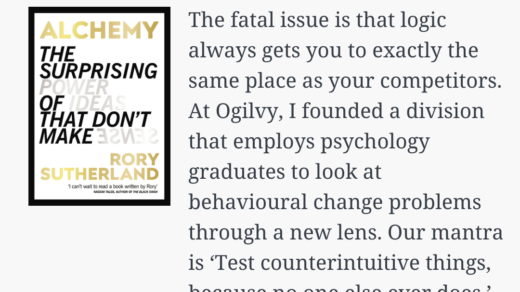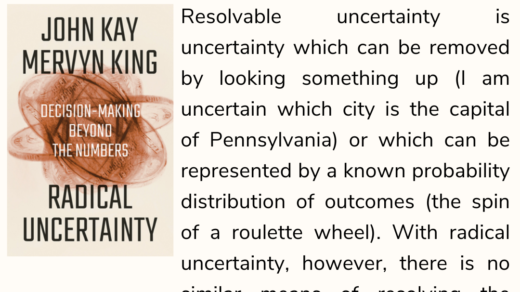Under these circumstances, Nestlé’s strategy of getting these consumers to switch from tea to coffee could only fail. Coffee could not compete with tea in the Japanese culture if it had such weak emotional resonance. Instead, if Nestlé was going to have any success in this market at all, they needed to start at the beginning. They needed to give the product meaning in this culture. They needed to create an imprint for coffee for the Japanese. Armed with this information, Nestlé devised a new strategy. Rather than selling instant coffee to a country dedicated to tea, they created desserts for children infused with the flavor of coffee but without the caffeine. The younger generation embraced these desserts. Their first imprint of coffee was a very positive one, one they would carry throughout their lives. Through this, Nestlé gained a meaningful foothold in the Japanese market. While no marketer will likely ever be able to convince the Japanese to abandon tea, coffee sales—nearly nonexistent in 1970—now approach half a billion pounds per year in Japan. Understanding the process of imprinting—and how it related directly to Nestlé’s marketing efforts—unlocked a door to the Japanese culture for them and turned around a floundering business venture.
To be honest, this book had a great start for me and then it begin going into “ehhhh….” territory. Nevertheless, there are quite a few anecdotes that were super interesting and stayed with me for quite a while.
The above passage was one of them. It talks about how cultivating the younger generation with coffee based desserts helped Nestle grow their instant coffee sales in the long term for Japan, a culture that was much more dedicated to tea instead.



